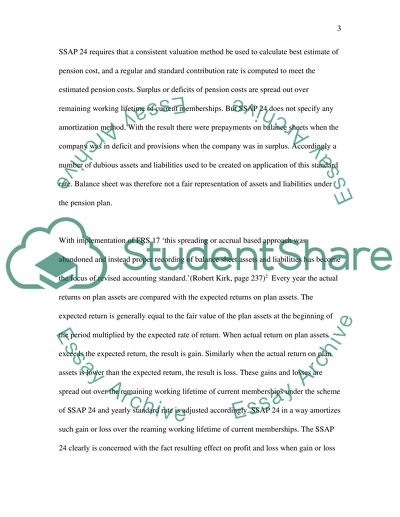Cite this document
(“Advanced Financial Accounting Assignment - Accounting by employers for Essay”, n.d.)
Advanced Financial Accounting Assignment - Accounting by employers for Essay. Retrieved from https://studentshare.org/miscellaneous/1550861-advanced-financial-accounting-assignment-accounting-by-employers-for-employees-retirement-benefits
Advanced Financial Accounting Assignment - Accounting by employers for Essay. Retrieved from https://studentshare.org/miscellaneous/1550861-advanced-financial-accounting-assignment-accounting-by-employers-for-employees-retirement-benefits
(Advanced Financial Accounting Assignment - Accounting by Employers for Essay)
Advanced Financial Accounting Assignment - Accounting by Employers for Essay. https://studentshare.org/miscellaneous/1550861-advanced-financial-accounting-assignment-accounting-by-employers-for-employees-retirement-benefits.
Advanced Financial Accounting Assignment - Accounting by Employers for Essay. https://studentshare.org/miscellaneous/1550861-advanced-financial-accounting-assignment-accounting-by-employers-for-employees-retirement-benefits.
“Advanced Financial Accounting Assignment - Accounting by Employers for Essay”, n.d. https://studentshare.org/miscellaneous/1550861-advanced-financial-accounting-assignment-accounting-by-employers-for-employees-retirement-benefits.


